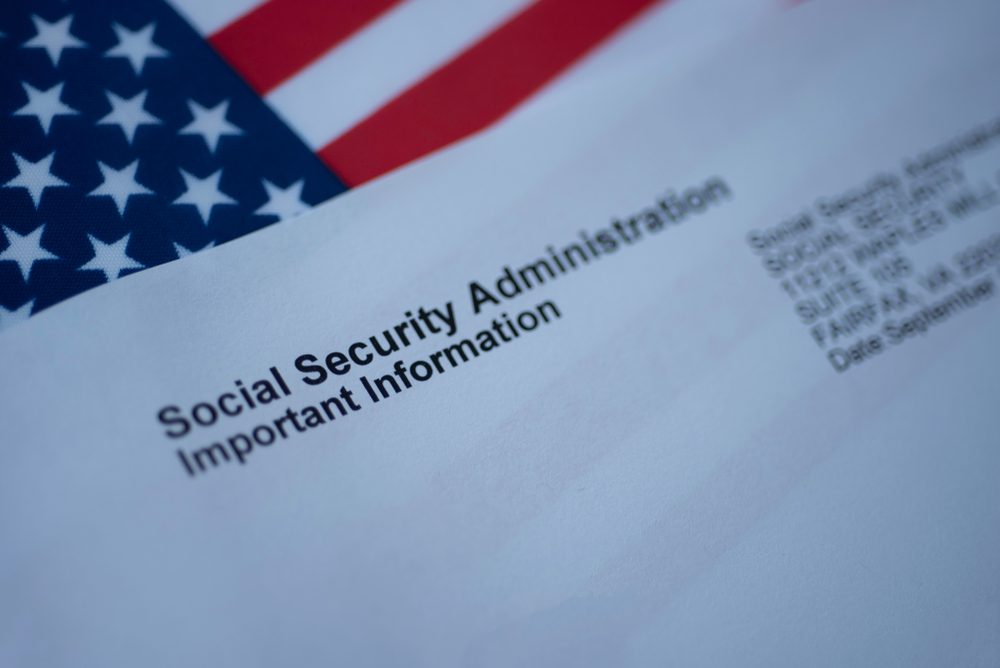
How is Social Security financed?
In order to understand why there is a long-term financial shortfall, it’s important to know how Social Security works. First of all, the federal program gets its funds from payroll tax deductions. These payroll taxes are automatically deducted from an employee’s paycheck and are paid by both employers and employees.
In 2022, the maximum amount subject to payroll taxes was $147,000. The employer tax rate for Social Security is 6%, and the same percentage applies to employers as well. If you’re self-employed, you’re the one who pays the full payroll tax rate of 12.4%.
An individual’s Social Security payroll tax payment doesn’t go into a specific fund allocated just for them. Current workers are contributing to a system that provides income for all current retirees.
According to the SSA, in 2022, for every dollar you paid in the payroll tax, 85 cents went toward the national program’s trust fund, which pays for the benefits of all current retirees and their families (and those family members of workers who have passed away). The other 15 cents went to a trust fund that provides income for people with disabilities and their families. The same thing will be applied in 2023.
While historically the amount that the SSA collects via payroll taxes has exceeded all benefits, starting with 2010, benefit payments have exceeded the income and payroll tax revenue dedicated to Social Security.
According to experts, this worker-to-beneficiary ratio needs to be at a healthy level, so there aren’t too few people working for too many retirees. In 2021, the SSA spent $57 billion more than it collected. The trustees expect this gap will increase substantially over the next decade, quickly reducing the program’s money reserves until it runs out of cash in 2035.
This is due to the serious decline in the fertility rate right after World War II, when the baby boom period took place from 1946 to 1964. This means that Americans are having fewer kids, and because the fertility rate is going down, there are fewer workers paying for beneficiaries.
Starting in 2035, the SSA will run out of excess funds, so it will be unable to pay out all of a retiree’s benefits—77%, to be exact. In other words, retirees could have their monthly benefits reduced or even receive fewer checks per year—that is, unless the US government doesn’t act.










